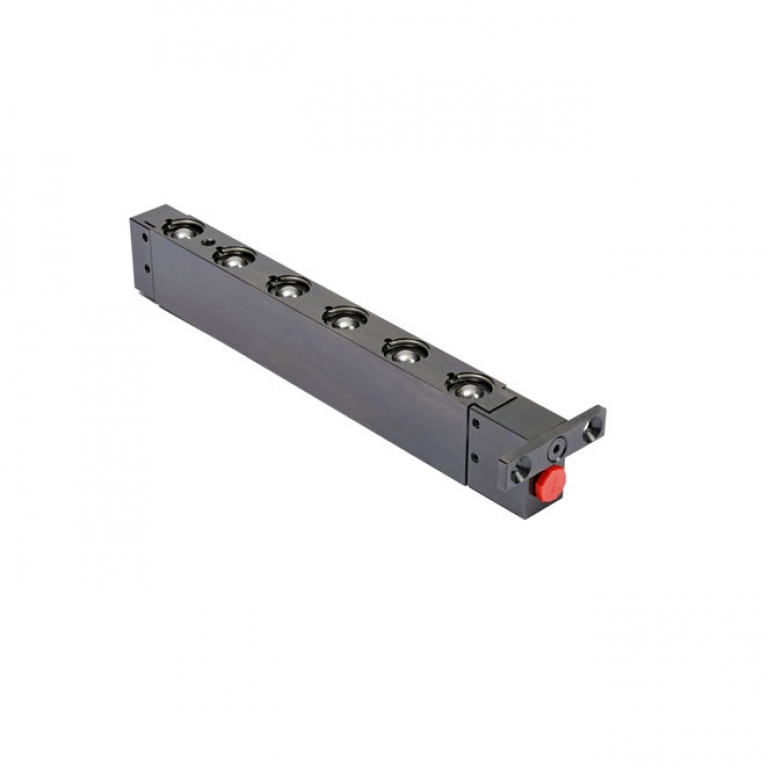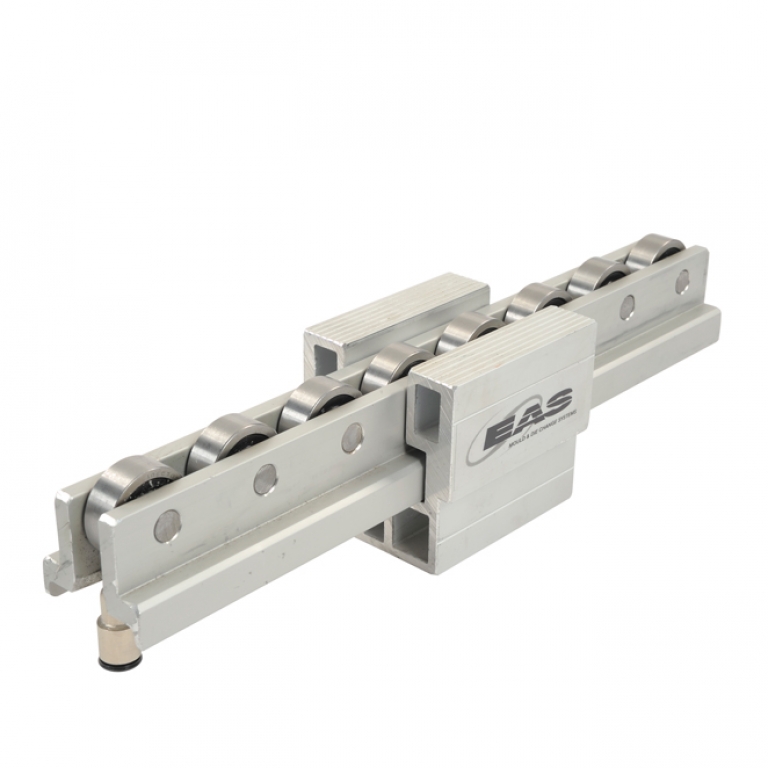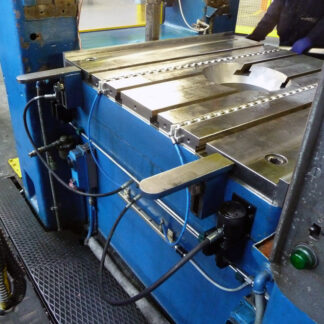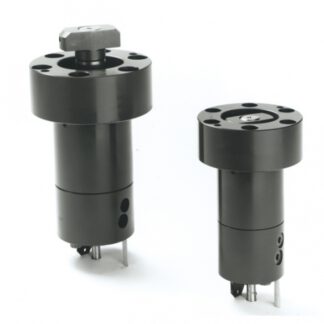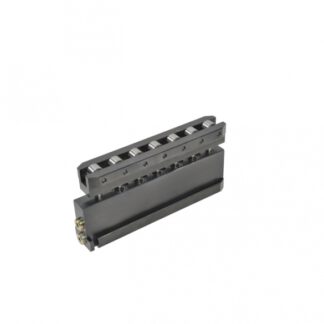Description
Quick die change or die transfer, done effortlessly and precise.
Minimize the force needed to position your heavy dies, We are able to offer a comprehensive EAS product portfolio of die lifters. EAS die lifters are standardized into three categories, based on different working principles: spring loaded, hydraulic or pneumatic.
Application
To lift, move, position and lower heavy dies on vertical presses, like stamping presses and vertical injection molding machines.
Function
Die lifters function based on rolling systems. Rolling makes your die move smoothly into position on, or out of the press. Depending on the weight of your dies, rolling is done by just a single ball, several balls or on rollers.
Balls, rollers and bars
Rolling systems on balls give the most flexible movement. The die can be moved into any direction, allowing flexible and accurate positioning. A ball has one contact point, making this system more suitable for smaller (less heavy) dies.
A roller is used to move the die into one direction, the die can only be moved linear, so forward or backward.
Thanks to the line contact, rollers can carry more weight than a ball. Rollers have higher loading capacity.
To position heavy dies precisely, rollers are often combined with push-pull devices such as pre-rollers and/or die change cars.
Load distribution over several balls, die lifter bars, allows a smooth movement and it makes it possible to move the die with little effort in any direction.
Mechanical, hydraulic or pneumatic
Mechanical die lifters are die lifters are very suitable for small and mid-sized dies. They do not require any power source and work on spring force. The balls or ball bars are pressed against the die continuously, even when the die is clamped down. The clamps overcome the spring force upon clamping. Once the clamping cylinders are released, the spring loaded balls lift the die back so it can be moved.
More heavy dies are lifted by powerful hydraulic cylinders. Hydraulic systems do retract when the pressure is off.
The pneumatic die lifters ensure a clean application. Since there’s less friction, the dies are easier to move with air operated systems (manually) than with hydraulics. Hydraulic die lifting systems are have higher loading capacities and a higher lifting stroke than pneumatic systems.

